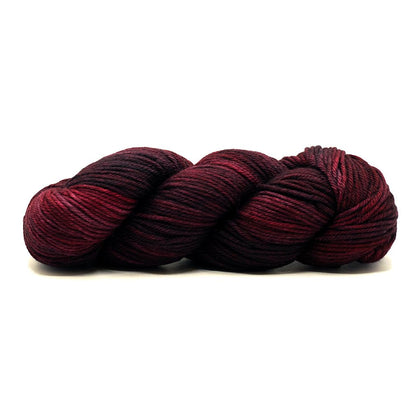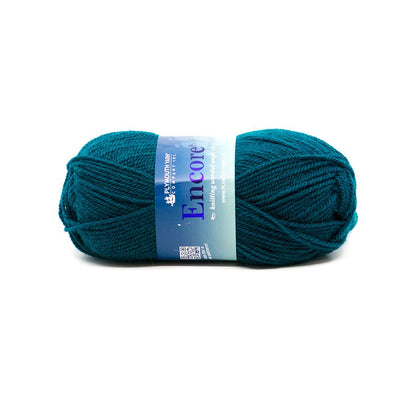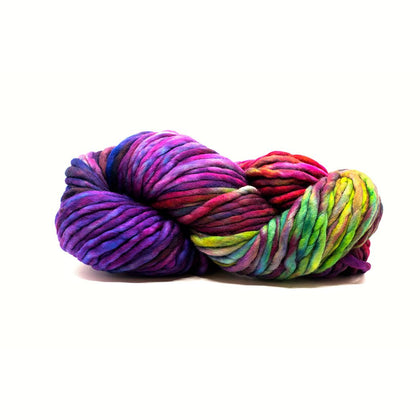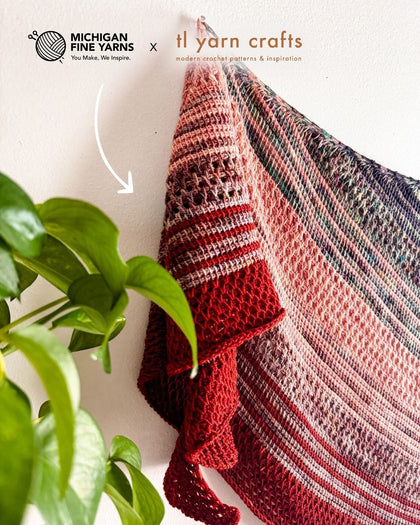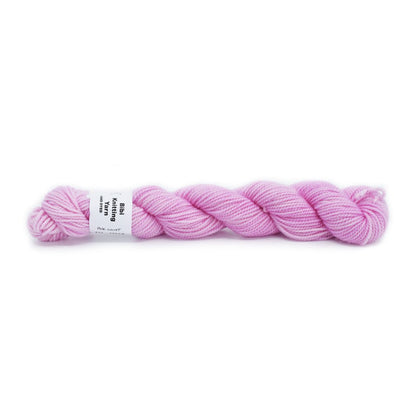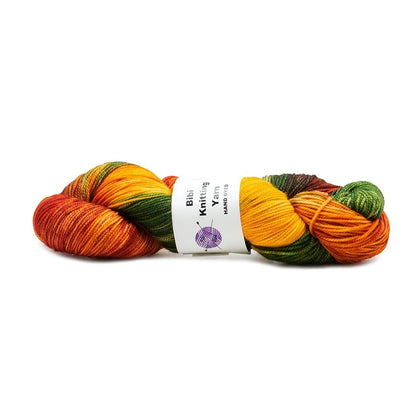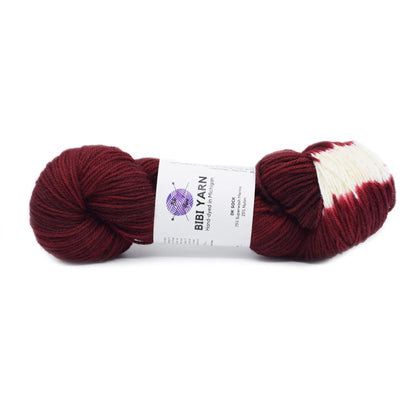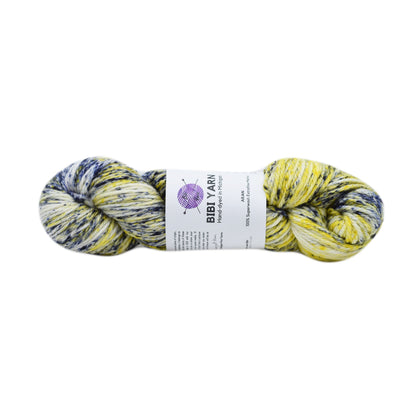Kitchener Stitch Tutorial

The kitchener stitch is a grafting method that takes an equal number of active stitches on two needles and uses a tapestry needle to join the two sides of the fabric. While it can be intimidating at first, the kitchener stitch is versatile and an extremely useful tool to add to your knitting toolbox. Whether you are a sock fanatic who needs to close heels and toes, or a lover of cowls and infinity scarves that doesn’t enjoy working in the round, the kitchener stitch can be done by any knitter, regardless of skill level!
The following tutorial is for grafting stockinette stitches and assumes you will be using your working yarn to complete the grafting. If you will be using waste yarn or other yarn that has not been attached to the fabric, begin the graft by threading the yarn through the first stitch on the front needle purlwise (leaving the stitch on the needle) and then through the first stitch on the back needle knitwise (leaving the stitch on the needle). Then complete the steps below for the remaining stitches.
Techniques Used
-
Knitwise - yarn enters the front loop of a stitch from left to right
- Purlwise - yarn enters the front loop of a stitch from right to left
Instructions
- With an equal number of live stitches on each needle, hold the needles parallel to one another with the working yarn on the right, coming off the back needle.
- Thread the tapestry needle through the first stitch on the front needle knitwise and remove the stitch from the needle.
- Thread the tapestry needle through the next stitch on the front needle purlwise and leave the stitch on the needle.
- Thread the tapestry needle through the first stitch on the back needle purlwise and remove the stitch from the needle.
- Thread the tapestry needle through the next stitch on the back needle knitwise and leave the stitch on the needle.
- Continue to work remaining stitches using the four steps above until one stitch remains on each needle.
- Thread the tapestry needle through the last stitch on the front needle knitwise and remove the stitch from the needle.
- Thread the tapestry needle through the last stitch on the back needle purlwise and remove the stitch from the needle.
- Pull working yarn to the wrong side of the fabric and weave in the end.
Step By Step Guide to the Kitchener Stitch







Tips for the Kitchener Stitch
- Watch your working yarn. Make sure that the yarn you are using for grafting stays under the needles as you work. Do not let it go over the top and create what looks like another stitch.
- Take your time! It is easy to get distracted and forget which step you’re on while working the kitchener stitch - especially if you have a number of stitches to do! Commit some time to grafting and allow yourself to focus. No rushing - even if you’re super excited to try on your new socks!
- Talk to yourself. There is a rhythmic quality to the kitchener stitch and it can be extremely helpful to talk yourself through the steps. Something as simple as “knit off, purl on, purl off, knit on” said as you work can keep you on track and oddly enough, it makes the process seem faster!
- Tension, tension, tension. Every few stitches, stretch out the fabric you’ve just created. The goal is that your grafted stitches are the same tension as your knitted fabric. Pulling the yarn taught but not tight while grafting will help, but periodically stretching out the fabric will allow you to see the stitches and adjust as you go - much easier than trying to fix the stitches after you’re done!
- Don’t be limited to stockinette! Yes, we wrote this tutorial for stockinette and chances are that 90% of the projects you’ll use kitchener stitch on will be stockinette. However, with minor tweaks, this grafting process works for other stitch patterns as well. Trust yourself and don’t be put off if you ever see the need to graft in pattern!

If you’re looking for a pattern to try out this stitch, we shared Urth Yarn’s Classic Sock featuring their Uneek Sock yarn and it is a perfect opportunity to try out socks that use this technique. The self-striping yarn will make these an enjoyable pair of socks to knit for beginners and seasoned knitters alike, and the cuff down sock means only a handful of stitches to graft at the toe!






